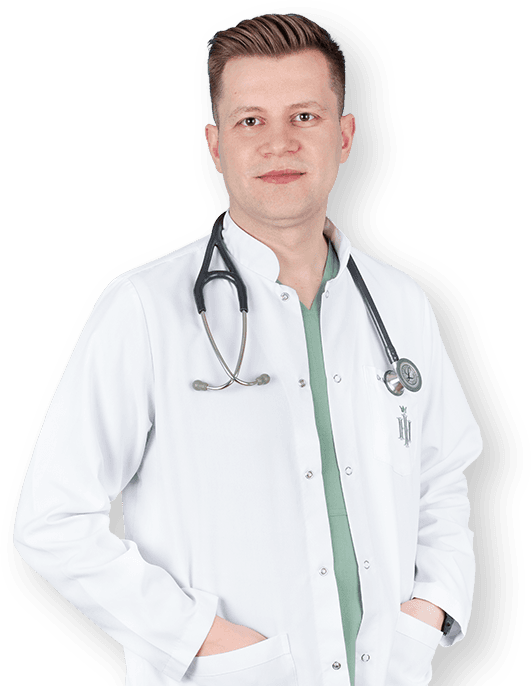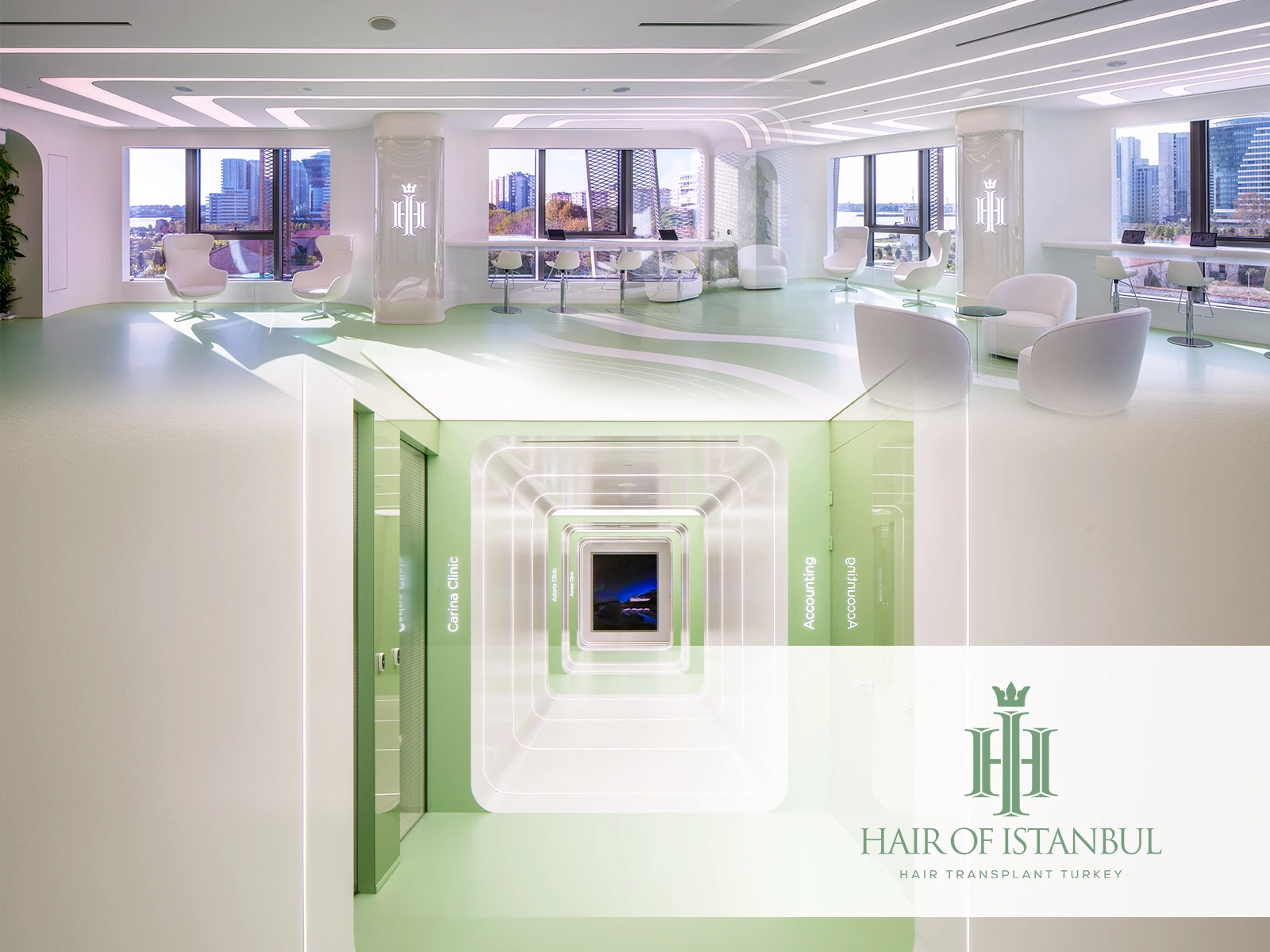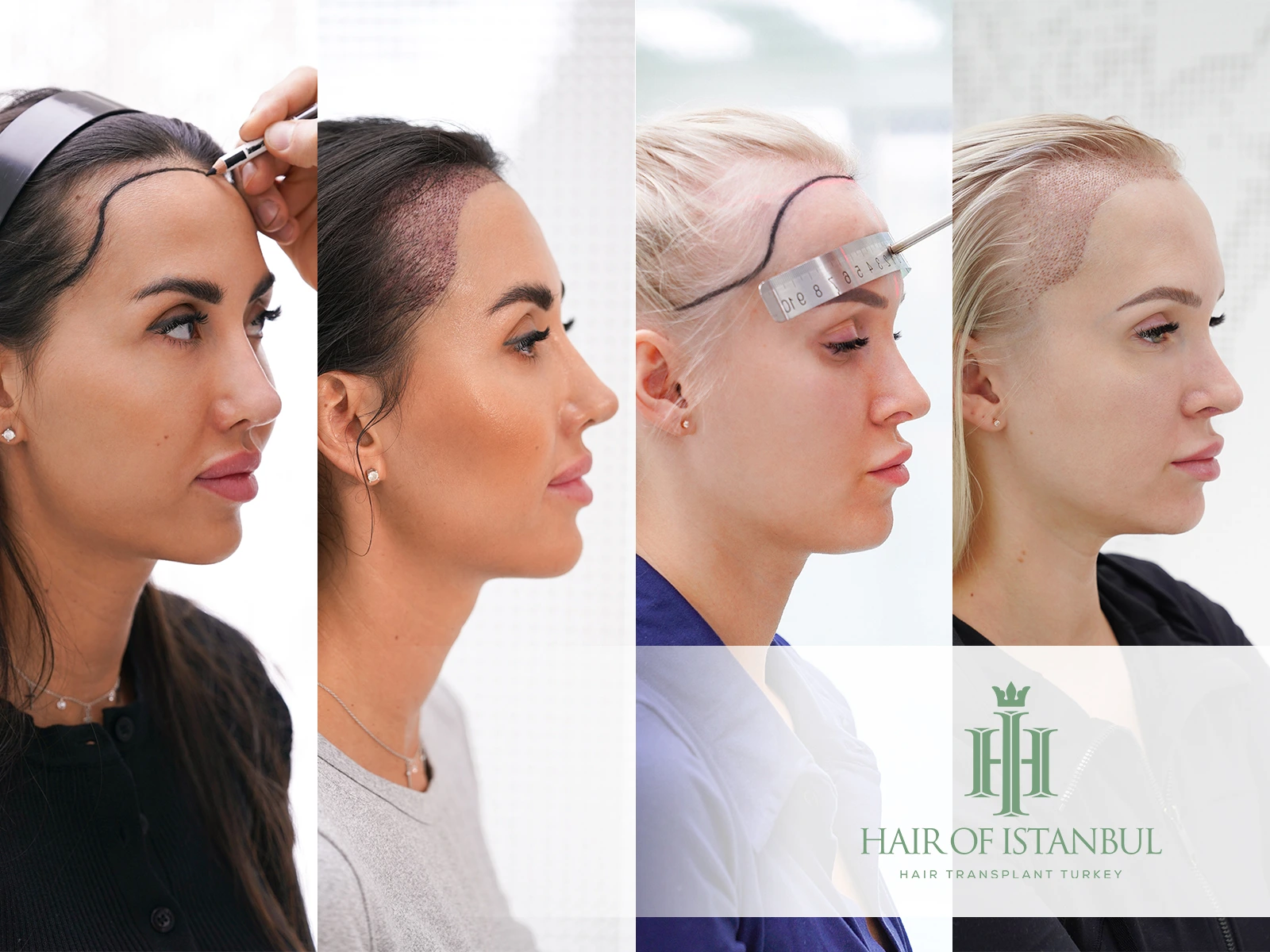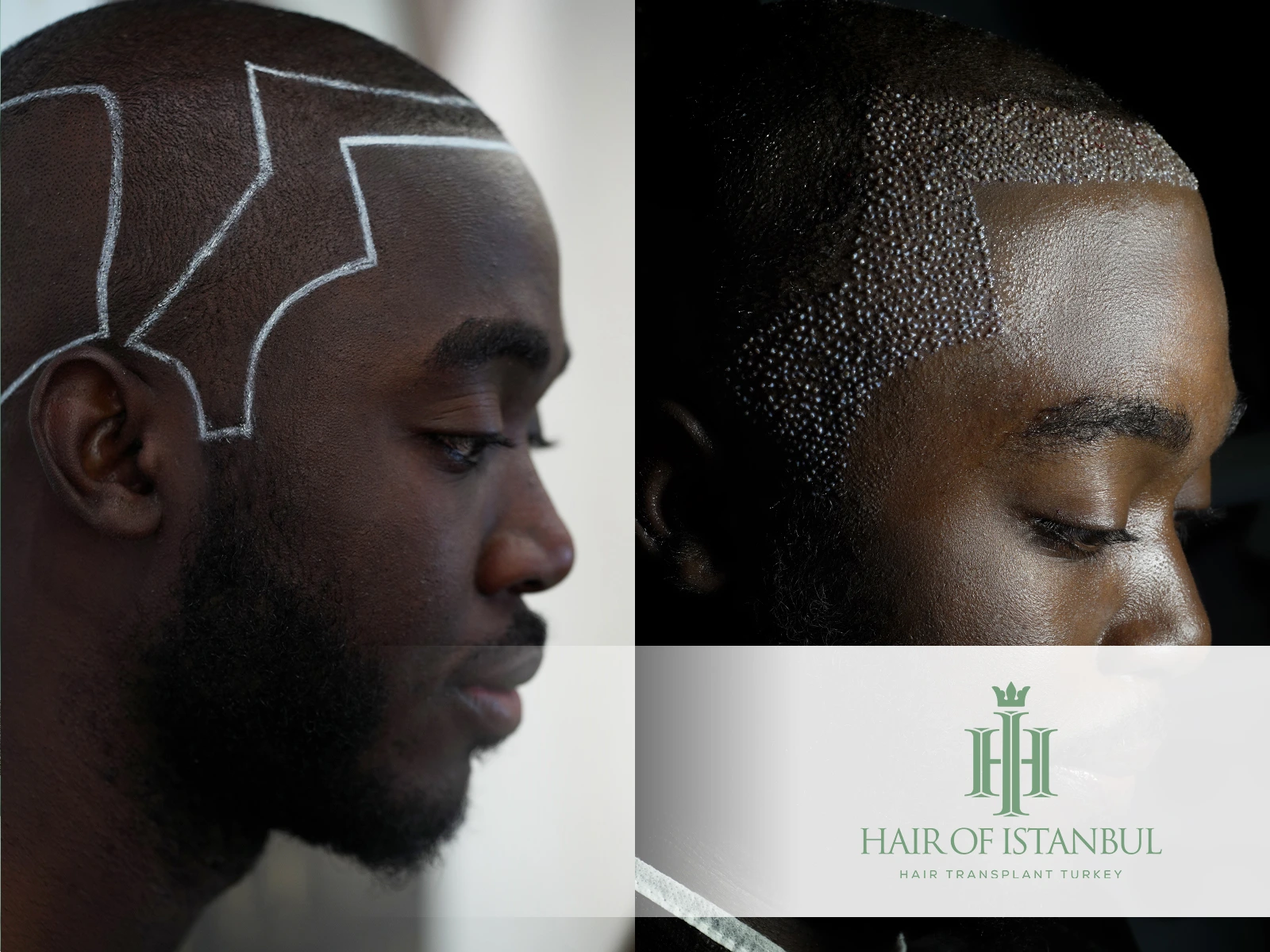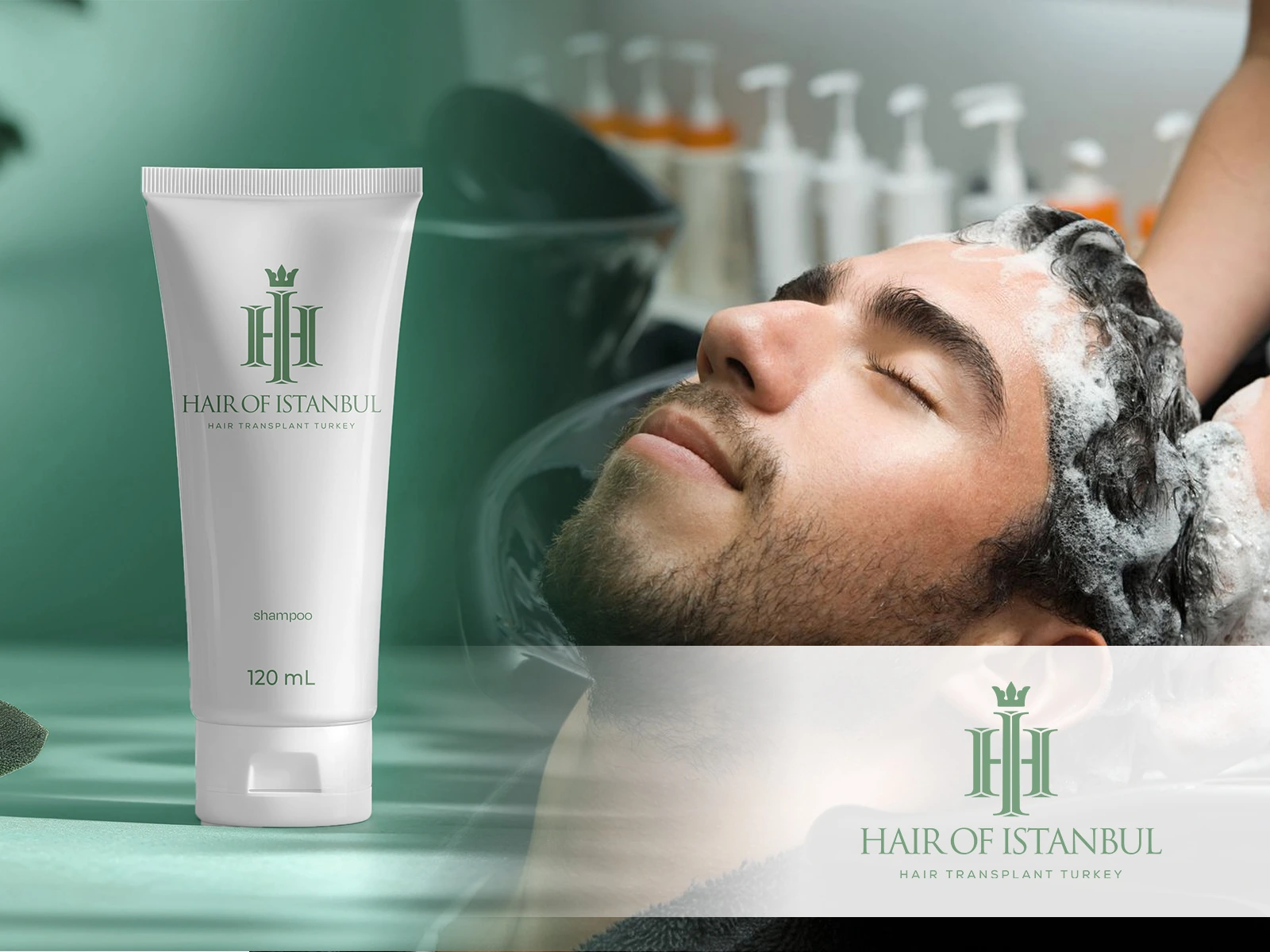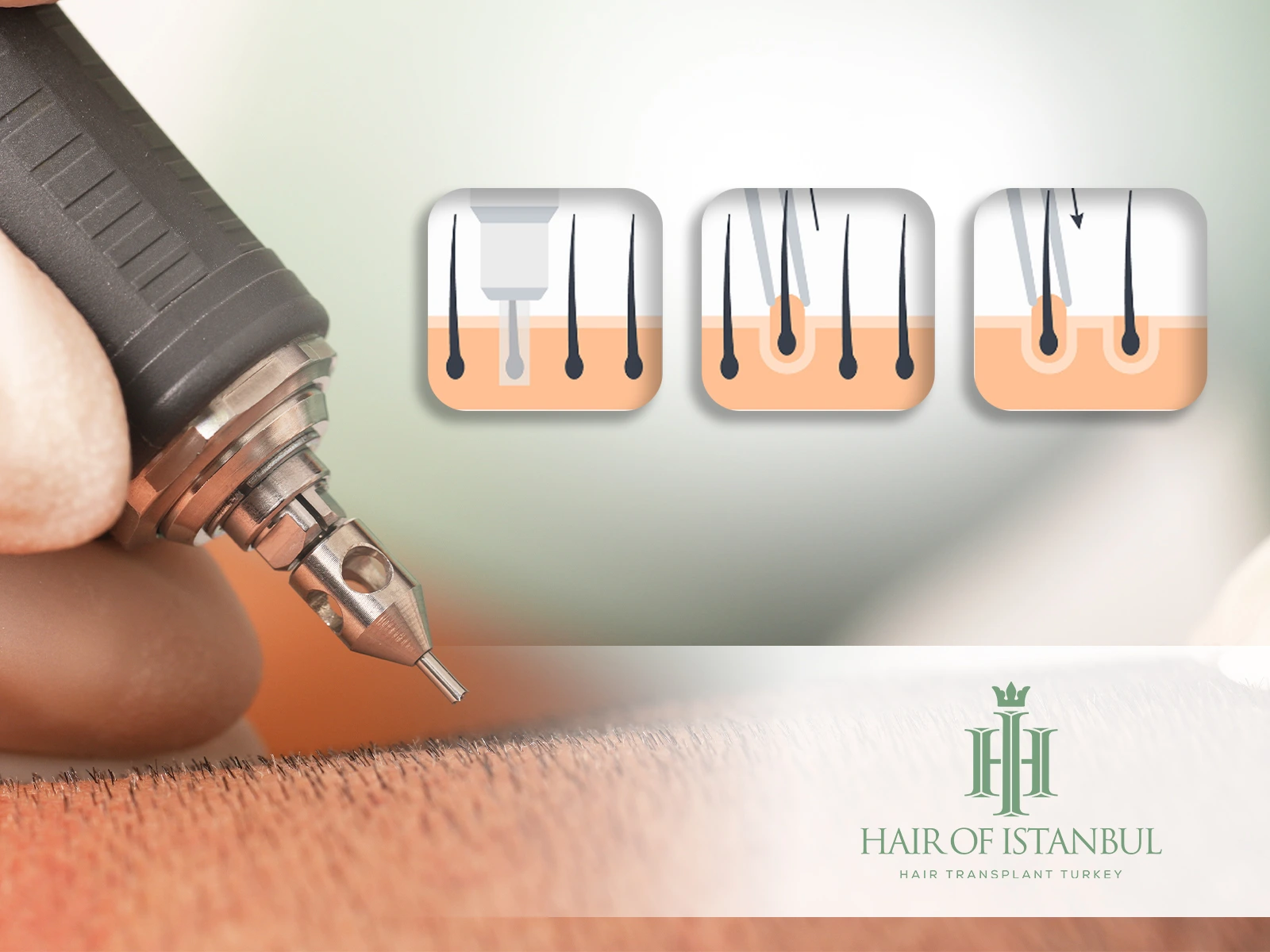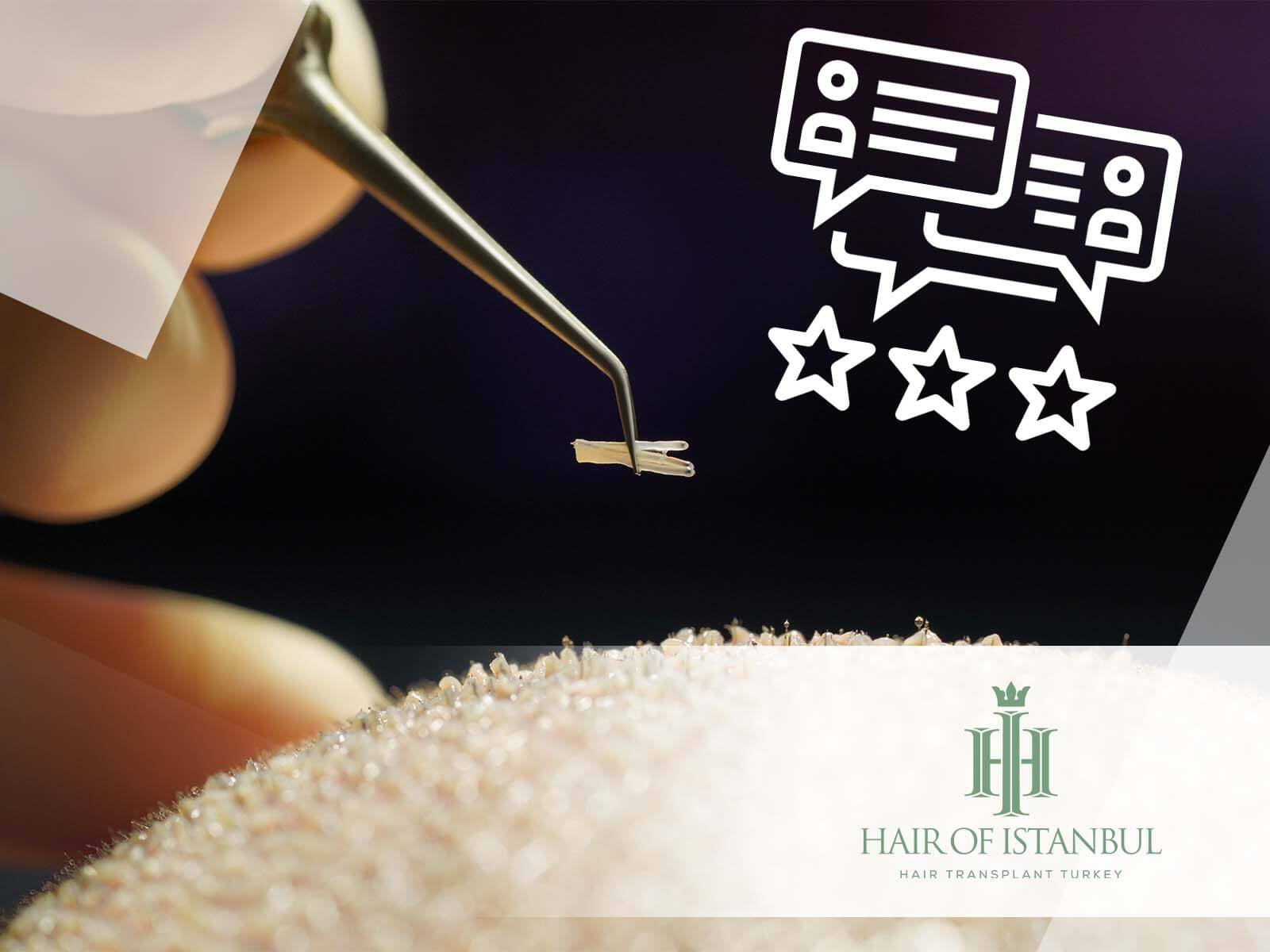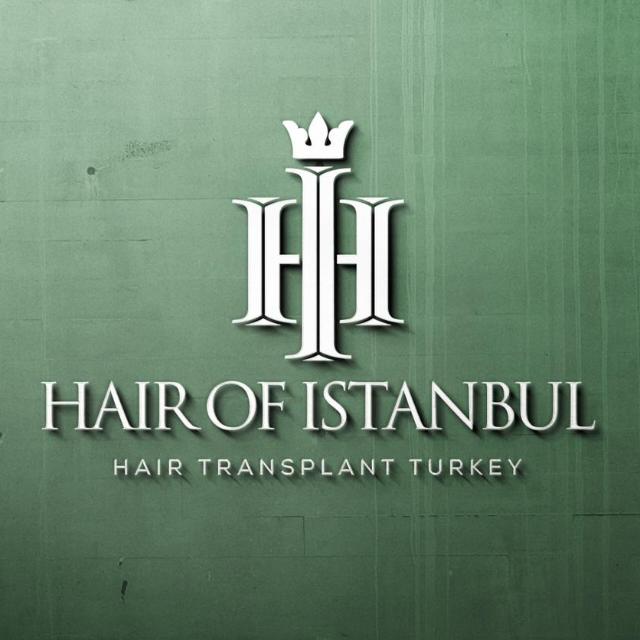Ingrown Hairs After Hair Transplant: Should You Worry? 2024
Experiencing ingrown hairs after hair transplant can be a common yet frustrating issue. As new hair starts to grow, it may sometimes curl back into the skin, leading to small bumps or irritation. This is particularly true in the early stages of recovery when the scalp is still sensitive.
Proper post-transplant care is essential to minimize these occurrences. Patients often wonder how to manage and prevent ingrown hairs effectively. Understanding the causes and treatment options can help ease concerns. Maintaining good scalp hygiene and following your doctor’s advice plays a crucial role.
Let’s delve into the best practices and tips for dealing with ingrown hairs post-transplant.
What Is Ingrown Hairs After Hair Transplant?
Ingrown hairs occurs when hairs grow back into the skin instead of rising above it. This condition can result from shaving, tweezing, or waxing. The embedded hair can lead to small, swollen bumps that may be painful.
These bumps can sometimes become infected and filled with pus, resembling pimples. Preventative measures include proper shaving techniques and regular exfoliation. If you notice an ingrown hair, avoid picking or scratching it to prevent further irritation.
Also Read: Hair Transplant For Widow’s Peak: How to Reverse Hair Loss?
Why Do Pimples Occur After Hair Transplantation?
In the initial months following a hair transplant, patients may develop ingrown hairs that resemble pimples or lesions. This is due to new hair growth. Factors contributing to this include improper extraction of hair follicles and poor post-procedure care. The following table details these causes: [1]
| Ingrown Hairs | New hairs may grow inward, causing pimples. |
| Improper Extraction | Hair follicles not correctly removed during the procedure can lead to ingrown hairs. |
| Poor Post-Procedure Care | Inadequate cleaning can result in bacterial infections, leading to pimples. |
| Deep Incisions | Overly deep incisions made during follicle placement can cause dermoid cysts. |
| Excess Sebum Production | High sebum levels can lead to pimple formation. |
How Common Is Ingrown Hair After A Hair Transplant?
Ingrown hairs and pimples are common after hair transplant procedures. Most patients experience this, so it’s generally not a cause for concern. These occurrences are typically a normal part of the healing process. Regular follow-up care helps manage and minimize these issues.
Proper scalp hygiene and following post-operative instructions are essential. Understanding that these symptoms are widespread can ease patient anxiety. The majority of cases resolve without significant complications.
Also Read: Hair Transplant After 3 Months: Photos Show Real Results
How to Treat Ingrown Hair After Hair Transplant?
Ingrown hairs after a hair transplant can be treated effectively. The process is often simpler than expected. Here’s a guide to common treatment methods:
| Warm Compress | Apply to soften the area and gently release the hair. |
| Topical/Systemic Antibiotics | Used to fight bacterial infections causing folliculitis. |
| Antibacterial Shampoo | Keeps the area clean and prevents bacterial entry. |
| Antihistamines | Alleviate itching if folliculitis is present. |
How Long Does An Ingrown Hair Take To Heal Itself?
With proper treatment, most ingrown hairs heal within a few days. Some may take longer and require medical attention. Avoid self-treatment to prevent complications. Adhering to recommended care practices can speed up recovery. Consulting a doctor for persistent cases ensures appropriate management. Patience and proper care are key to resolving this issue.
Also Read: Alcohol After Hair Transplant: Understanding the Impacts!
FAQ
How Do You Get Rid Of A Massive Ingrown Hair Cyst?
Some ingrown hair cysts will resolve on their own. Applying warm compresses and antiseptic solutions at home can help manage the condition. If the cyst does not improve with home remedies or shows signs of infection, medical treatment may be necessary. It’s important to monitor the area and seek professional advice if there are any concerns. Avoid attempting to drain the cyst yourself to prevent further complications. [2]
Should I Pop Ingrown Hair?
Popping an ingrown hair is not recommended. This can lead to infection and worsen the condition. It’s better to use gentle methods like warm compresses to reduce inflammation. If the problem persists, consult a healthcare professional for proper treatment.
Also Read: How Hair Loss Affects Self Esteem: Strategies to Cope!
Is It Bad To Pull Out Ingrown Hairs With Tweezers?
Using tweezers on ingrown hairs after a hair transplant is not advisable. Both the donor area and the transplanted site should be kept clean and free from infection. Tweezing can cause further irritation and potentially damage the delicate hair follicles. It’s crucial to follow proper post-transplant care instructions to avoid complications.
How To Bring Ingrown Hair To Surface?
Warm compresses soften the skin and can help bring an ingrown hair to the surface. This method can also alleviate inflammation and discomfort. Applying a compress several times a day can encourage the hair to emerge without causing further irritation.
What Does A Really Deep Ingrown Hair Look Like?
A deeply ingrown hair, also known as folliculitis, typically appears as a lump or cyst under the skin. It may be firm and contain pus. The area can become inflamed and painful, resembling a small boil. Proper care and treatment are necessary to prevent infection.
What If An Ingrown Hair Is Too Deep?
If an ingrown hair is very deep, it’s best to consult a professional. Attempting to treat it yourself can lead to complications. A healthcare provider can offer appropriate solutions and prevent further issues. Always seek expert advice for deep or persistent ingrown hairs.
Also Read: When Can I Exercise After Hair Transplant? Learn the Right Time!
CONCLUSION
Managing ingrown hairs after a hair transplant is crucial for a smooth recovery. At Hair of Istanbul, we prioritize patient care and effective treatments to address this common issue. Our experienced team provides personalized advice to help you prevent and treat ingrown hairs. Maintaining a clean and healthy scalp is essential for optimal results.
We use advanced techniques and high-quality products to ensure the best outcomes. Patients receive comprehensive guidance on post-transplant care, reducing the likelihood of complications. Trusting Hair of Istanbul means choosing expertise and dedicated support.
Our clinic offers a welcoming environment where your concerns are addressed with care. For any issues with ingrown hairs after a transplant, our team is here to help you every step of the way.
References:
- [1] Daniel Yetman, Aug 12, 2021 – Identifying and Treating an Infection Following a Hair Transplant – https://www.healthline.com/health/infected-hair-transplant
- [2] Zawn Villines, Nov 27, 2023 – How should you treat an ingrown hair cyst? – https://www.medicalnewstoday.com/articles/320976
